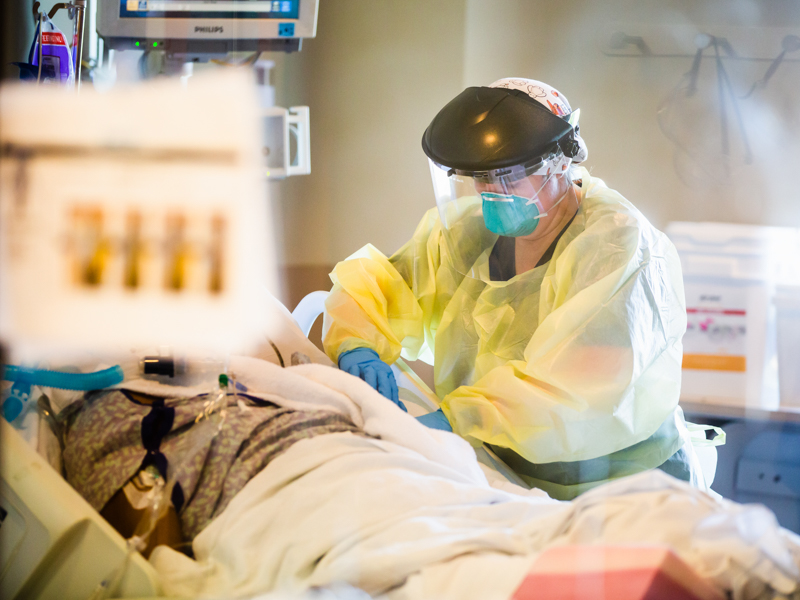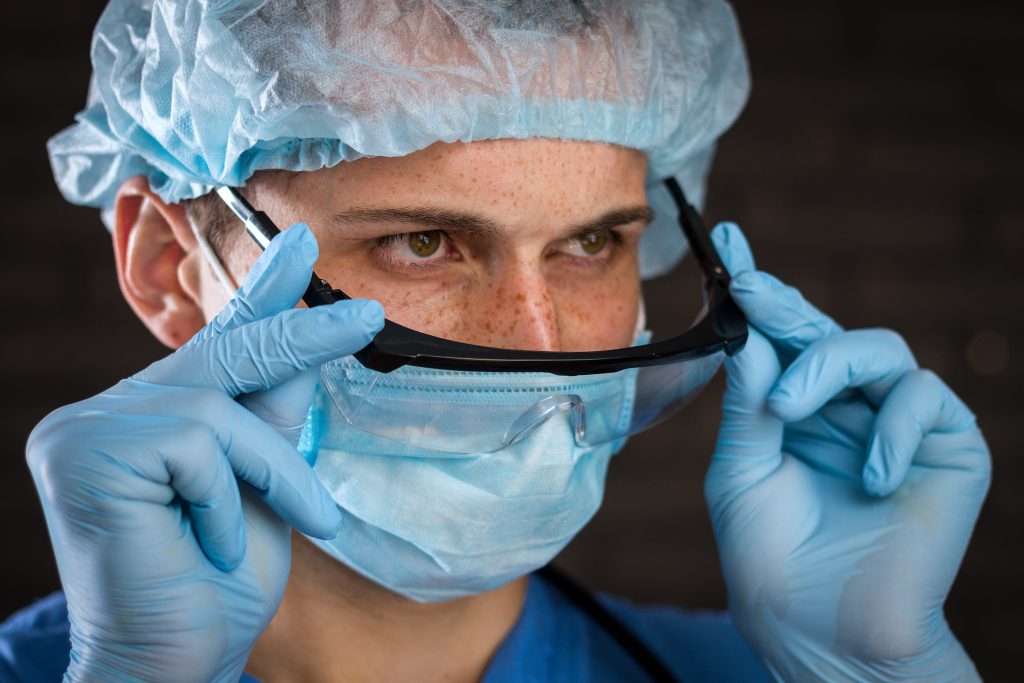Infection prevention in first aid is an important yet often overlooked component of care. Properly treating and preventing infection is essential to providing the best possible care for patients in any medical environment, especially when it comes to first aid.
From everyday cuts and scrapes to more serious injuries, thorough attention must be given to infection control techniques such as handwashing and wound dressing. With proper training, healthcare workers can ensure that their patients are receiving safe and effective treatment while minimizing the risk of infection.
This article will discuss the importance of infection prevention in first aid, provide tips on how healthcare workers can reduce the spread of infectious agents, and explain why this aspect of patient care should never be neglected.
Understanding Infection Prevention in First Aid
Infection prevention is an important component of first aid, as it helps to prevent the spread of germs and diseases that can be acquired through contact with a wound or patient. To understand how infection prevention works in first aid, one must understand the different types of bacteria, viruses, and fungi that may be present on any given surface.
Bacteria are microscopic organisms that are found naturally in most environments and can cause illnesses such as streptococcal infections or tetanus if they enter the body through a cut or scrape. Viruses are even smaller organisms than bacteria and can cause illnesses such as colds and influenza when they come into contact with healthy cells.
Fungi, which includes yeasts and molds, also exist everywhere but usually do not cause illness unless certain conditions allow them to grow out of control. It is essential for those providing first aid care to take precautions against these various microorganisms by sterilizing all surfaces before treating a wound or skin condition. This includes wiping down any tools used during treatment with antiseptic wipes; wearing disposable gloves; washing hands thoroughly between treatments; using barrier techniques such as masks or gowns where necessary; cleaning wounds regularly throughout recovery time; changing bandages frequently; and discarding items like needle caps after use.
Following these simple steps will help ensure the safety of both patients receiving care as well as healthcare providers administering it.
Practicing Good Hygiene During First Aid Treatment

Good hygiene is a vital component of infection prevention in first aid. Practicing good hygiene during treatment can help prevent the spread of germs and potential infections.
It’s important to wash your hands before administering any kind of first aid, such as using gloves or other protective items like face masks or eye protection. Additionally, it’s advisable to disinfect all surfaces that might come into contact with a wound or provide an environment for bacteria growth.
It’s also beneficial to wear clean clothing while providing care and avoid direct contact with blood or bodily fluids from the patient. If direct contact does occur, you should immediately take steps to decontaminate yourself by washing with soap and water, changing clothes if necessary, and disposing of any contaminated materials properly.
Finally, be sure to keep any equipment used for first aid treatments sanitized to reduce the risk of infection within the area being treated.
Using Protective Gear for the Caregiver and Patient
To ensure the best care possible, caregivers and patients must both take precautionary measures when providing first aid. One of the most important components of infection prevention is using protective gear for both the caregiver and the patient.
Gloves are essential in preventing cross-contamination between caregiver and patient during treatments such as wound dressing or taking blood pressure readings. Disposable masks are also a great way to protect against airborne particles that may carry infectious germs while checking vitals.
Protective eyewear can help shield caregivers from exposure to fluids or other debris entering their eyes during treatment, which could potentially cause an eye infection. In addition, it’s always a good idea for caregivers to wear protective clothing like gowns if they will be handling any bodily fluid or hazardous materials.
With these simple steps, first aid providers can keep themselves and their patients safe from potential infections while administering medical attention in the event of an emergency.
Adopting a Clean Environment for Treating Injuries or Illnesses

When it comes to treating injuries and illnesses, infection prevention is a vital component of care. Adopting a clean environment for treatment can help ensure that the risk of infection is minimized.
Infections can be caused by many factors such as contact with contaminated surfaces or objects, improper use of personal protective equipment (PPE), and inadequate hand hygiene. It is important to take steps to decrease the chances of exposure to germs while providing first aid.
Creating a sanitary work area before beginning treatment should be done by cleaning any items used in treatment as well as wiping down surfaces that may come into contact with any bodily fluids from the injured or ill person. PPE such as gloves and gowns should also be worn when necessary during first aid procedures; these items should be discarded after each use so they do not contaminate other areas or individuals.
Additionally, frequent handwashing throughout the process will reduce the spread of germs between people involved in providing first-aid care and those seeking assistance. The implementation of proper protocols like these helps create an environment conducive to effective injury or illness treatment without risking further contamination due to improperly handled materials or unclean environments.
Understanding how infections are spread is key to creating an efficient system for preventing their transmission as part of giving first-aid care – which ultimately increases safety measures through careful attention to detail when treating injuries and illnesses alike.
Establishing Protocols to Minimize Risk of Infection
In the medical field, establishing protocols to minimize the risk of infection is a key component of care. By following these guidelines, healthcare providers can ensure that the necessary steps are being taken to protect their patients from potential sources of infection.
One way to reduce risk is by practicing proper hand hygiene, which involves washing hands with soap and water or using an alcohol-based sanitizer between each patient encounter. In addition, it’s important to wear gloves whenever handling any potentially contaminated material as well as protective eyewear when dealing with certain bodily fluids or aerosols.
Proper disposal techniques should also be employed for any hazardous materials such as needles and dressings. Another critical element in reducing the spread of infectious diseases is properly cleaning and sterilizing equipment used on patients during first aid procedures.
This includes items like stethoscopes, bandages, splints, and other tools that come into contact with open wounds or skin infections. The disinfection process must be completed frequently and thoroughly to prevent cross-contamination between individuals receiving treatment at the same facility.
Finally, all healthcare workers should be educated on how to identify signs of infection so they can alert appropriate personnel if needed along with providing timely treatment for those affected by illness or injury acquired while under their care.
Conclusion

Infection prevention in first aid is an essential component of providing effective care. It helps to reduce the spread of infection, protect vulnerable patients and their families, and ensure that medical professionals provide quality services.
To learn more about infection control measures for first aid, visit the website where you can find valuable resources and information on how to properly prevent infections while providing first aid treatment.

